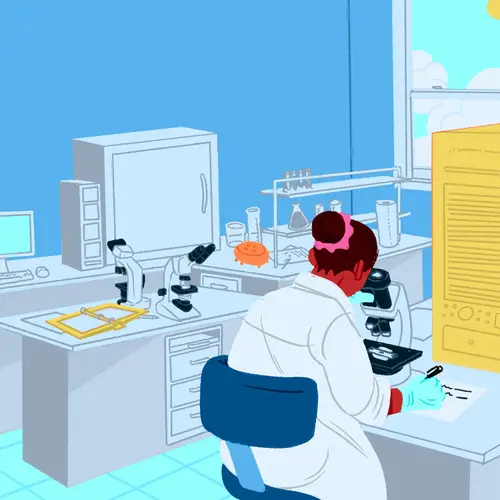Cardiogenic shock is caused by a failure in one of the two bottom chambers of your heart. It happens when your heart can't pump oxygen-filled blood to the rest of your body. This will lead to organ failure and death.
Cardiogenic shock is an emergency heart condition that requires immediate medical attention.
What Are the Causes of Cardiogenic Shock?
In 81% of cases, the underlying cause is a blockage of blood from the heart, which causes a heart attack.
Other cardiogenic shock causes include:
- Conditions that impact the tissues of the heart. This includes myocarditis, an inflammation of the muscle, and endocarditis, an inflammation or infection of the inner lining and valves.
- Drug side effects. This can include overdosing on some drugs, poisoning, and — in rare cases — as a side effect from a prescription beta-blocker or calcium channel blocker.
- Previous injury. Your ventricles may be weakened from a previous heart attack or a hard hit to your body — a car crash, for example — may damage the ventricles.
What Are the Symptoms of Cardiogenic Shock?
The most dangerous symptom of cardiogenic shock is organ failure that begins when a fresh supply of oxygen is cut off. If this goes on for too long, you will die. It's important to call 911 or have someone drive you to the emergency room as soon as you begin to feel a combination of the following symptoms:
- Low blood pressure
- A weakened pulse
- Dramatic changes in your breathing, including speeding up or slowing down
- Fainting
- Cold hands and feet
- Suddenly increased heart rate
- Confusion
- Pale skin
- Little to no urine
If you only have one of these symptoms, cardiogenic shock is probably not the cause. But if you have many of these symptoms at the same time you should get medical help.
Since heart attacks are the most common cause of cardiogenic shock, you should also immediately get medical help if you experience any of the symptoms of a heart attack, including:
- Chest pain that feels similar to heartburn and lasts for more than a few minutes or keeps coming back
- Pain down your left arm or even across your upper body and up into your teeth
- Feeling weak
- Feeling lightheaded
- Vomiting
What Are the Treatments for Cardiogenic Shock?
There's a 50% survival rate for people who get treatment immediately. The sooner you get medical help, the less likely your organs will fail.
When the root cause is a blocked artery, the goal should be to have the blockage removed within the first hour of symptoms. Patients can still recover well if the blockage is removed within the first four hours. Waiting longer than this can lead to irreparable damage, long-term side effects, and death.
Specific treatments include:
- Life support. This may be necessary to restore blood flow if your organs have been cut off for too long.
- Medications. These can be given intravenously to keep blood clots from forming and increase the strength of your heart muscle.
- Heart surgery. These can include the addition of tools to help your heart pump blood, like balloon pumps and ventricular assist devices (VADs), aortic bypass surgeries, which replace blocked blood vessels with healthy ones from a different part of your body, and heart transplant surgeries in the case of complete heart failure.
Since there's still such a high death rate from cardiogenic shock, researchers are looking for new ways to treat the condition.
What Are the Risk Factors for Cardiogenic Shock?
The risk factors of cardiogenic shock include:
- Older age
- Previous heart attacks
- Heart disease
- Diabetes
- Obesity
- High blood pressure
Adopting a heart-healthy lifestyle may decrease your chances of having cardiogenic shock:
- Eat more fruits, vegetables, and grains.
- Eat less saturated and trans fats.
- Exercise regularly to maintain or drop down to a healthy weight.
- Don’t smoke, and avoid breathing in secondhand smoke.
What Happens After Cardiogenic Shock?
You may still have several symptoms after surviving cardiogenic shock. Any damage to the liver, kidneys, heart, and other organs can cause lasting problems. The extent of the damage and severity of symptoms depends on how long the oxygen supply was cut off. If this time was too great, you may not survive.

